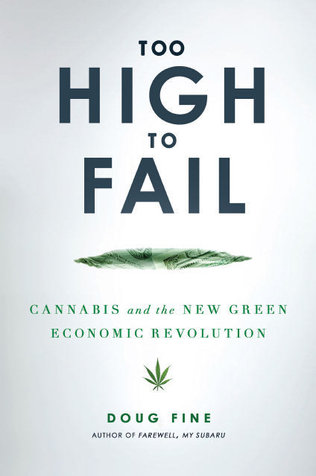Every January, millions of people resolve to change their habits of years past in hope of making better choices for the new year.
And while vowing to become debt-free, to quit smoking, or to be more organized rank among top resolutions, statistics show that the No. 1 goal for millions of Americans is to lose weight.
After reading the New York Times article “Our Absurd Fear of Fat,” the author addresses our nation’s obesity epidemic and poses an argument about a key issue: What truly makes someone healthy?
The author proposes that our nation’s definition of “normal” or “healthy” weight may not be supported by medical literature. He states that a study by Katherine M. Flegal and her associates at the C.D.C and the National Institutes of Health, found that:
“All adults categorized as overweight and most of those categorized as obese have a lower mortality risk than so-called normal-weight individuals…The study found a 6 percent decrease in mortality risk among people classified as overweight and a 5 percent decrease in people classified as Grade 1 obese, the lowest level (most of the obese fall in this category).
This means that average-height women — 5 feet 4 inches — who weigh between 108 and 145 pounds have a higher mortality risk than average-height women who weigh between 146 and 203 pounds. For average-height men — 5 feet 10 inches — those who weigh between 129 and 174 pounds have a higher mortality risk than those who weigh between 175 and 243 pounds.”
With so many mixed messages about what “healthy” looks like or entails, it is often difficult to create a realistic goal about our weight. On one hand, we are trying to reverse our nations obesity epidemic, while on the other, we are also trying to combat our nation’s unhealthy obsession to be overly thin.
We invite our readers to comment on what they think about this article and share resolutions that have helped kick-start the new year in good health.



